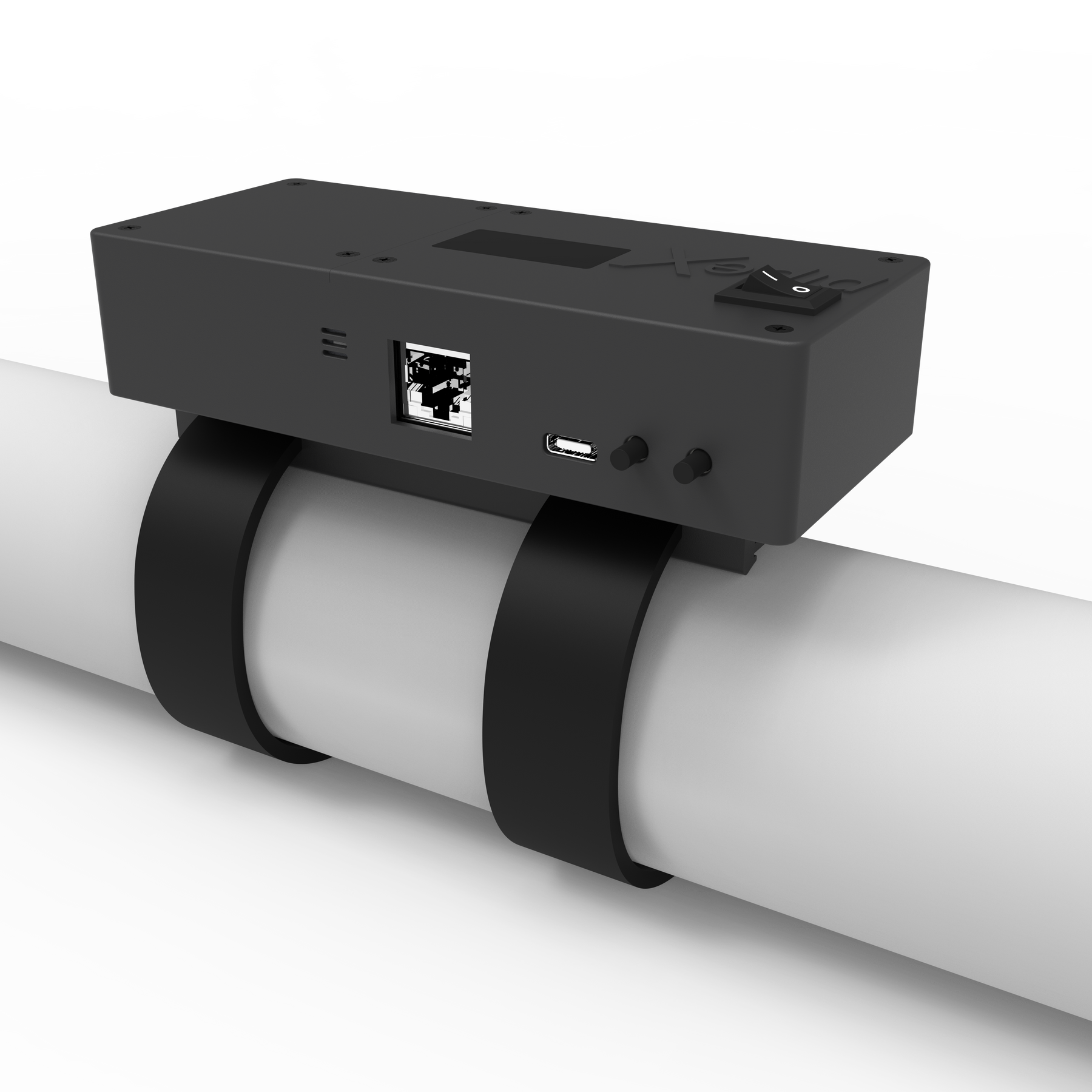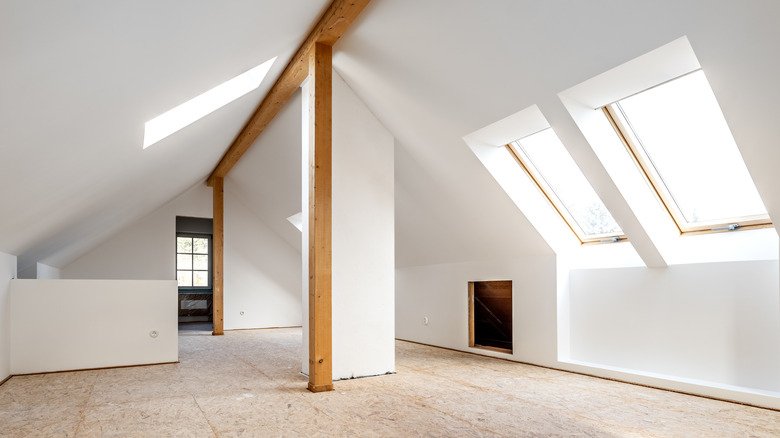One common dilemma that homeowners face when doing a bathroom renovation is deciding which direction to lay tile in a small bathroom. Making the right choice can significantly impact the overall aesthetic and perceived space of your bathroom. With this article, we aim to provide you with comprehensive insights to help you make an informed decision.

The Importance of Tile Direction in a Small Bathroom
The way you lay your tiles can affect the entire look and feel of your small bathroom. It’s not just about the visual appeal – tile direction also influences the room’s perceived size and cleanliness.
The Aesthetic Appeal
When it comes to aesthetic appeal, laying tiles in a specific direction can highlight your bathroom’s best features. It can create an illusion of space, draw attention to certain focal points, and even add a touch of luxury.

How Tile Direction Affects Perception of Space
In smaller spaces, visual tricks are essential for making the room feel bigger and more open. The way you lay your tiles can elongate the room, making it appear larger than it is.
Horizontal vs. Vertical Tile Layout
The direction – whether horizontal or vertical – plays a crucial role. A horizontal layout can make a narrow bathroom appear wider. On the other hand, a vertical layout will draw the eye upward, giving the illusion of height.

Considering Bathroom Shape and Tile Size
One size does not fit all when it comes to bathroom renovations. Your bathroom’s shape and the size of the tiles you are planning to install should influence your decision.
Standard Rectangular Bathrooms
If your bathroom has a standard rectangular shape, you may want to consider laying the tiles horizontally. This will make the room look wider and less tunnel-like.
Square Bathrooms
In square bathrooms, the choice is more flexible. You can lay your tiles either way, depending on what aspects of the room you want to emphasize.
The Water Flow Factor
A vital yet often overlooked consideration is how the direction of your tiles will affect water flow. Proper water drainage is essential to avoid pooling and water damage.
Ensuring Proper Drainage
Regardless of the tile direction, ensure that your bathroom floor is sloped correctly towards the drain. This will prevent water from pooling and minimize the risk of damage.
Floor vs. Wall Tile Direction
The direction of floor tiles and wall tiles can complement each other, but they don’t necessarily have to follow the same pattern.
Mixing Directions
Mixing tile directions can add visual interest. For example, you can lay floor tiles horizontally while going vertical for the wall tiles.
Transition Areas
Transition areas where the floor meets the wall are critical in ensuring a cohesive look.
Seamless Transitions
To avoid a jarring effect, consider how the tiles blend where the floor and walls meet. This will create a seamless and more appealing look.
Common Tile Layout Patterns
Besides horizontal and vertical layouts, there are several common tile patterns to consider.
Subway Pattern
The subway pattern is a classic choice, often laid in a horizontal direction to elongate the space.
Diagonal Layout
A diagonal layout can add a unique and dynamic look to your small bathroom. However, this requires careful planning and precision cuts.
Herringbone Pattern
A herringbone pattern can make any small bathroom look more luxurious. It requires more tiles and work but the payoff is generally worth it.
Advantages of Different Tile Directions
Different tile directions offer a variety of aesthetic and functional benefits.
Horizontal Direction
Laying tiles horizontally can make a narrow room appear wider, giving the illusion of more space.
Vertical Direction
A vertical layout stretches the room upward, making it look more spacious in terms of height.
Expert Tips for DIY Enthusiasts
Taking on the project yourself? Here are some expert tips to guide you through.
Plan Your Layout
Before you start, plan your layout carefully. Think about the effect you want to achieve and measure your space accurately.
Gather the Right Tools
Having the right tools is essential for a smooth DIY experience. Make sure you have spacers, a tile cutter, and a level.
Check Local Codes
Ensure that your project adheres to local building codes for successful results.
Case Studies: Real-World Examples
Sometimes, seeing real-world applications can help solidify your decision.
A Narrow Bathroom Remodel
In this project, the tiles were laid horizontally to make the room appear wider, creating an open feel.
A High Ceiling Bathroom
Here, vertical tiles emphasized the tall ceiling, making the room look more spacious.
Post-Installation Tips
After installation, proper care ensures longevity and maintains the aesthetic appeal of your tiles.
Sealing the Tiles
To protect your tiles from moisture, it’s crucial to seal them properly. This will prolong their lifespan and keep them looking new.
Regular Cleaning
Routine cleaning is essential. Use a mild cleaner to keep your tiles spotless and avoid any buildup of grime.
Professional Help vs. DIY
Deciding whether to do it yourself or hire a professional depends on various factors including your skill level and budget.
Benefits of Professional Help
While DIY can be rewarding, hiring a professional ensures the job is done correctly and efficiently.
Cost Considerations
Budget is a significant factor. Sometimes, the cost of hiring a professional may actually be more economical considering the quality and time saved.
Conclusion
Figuring out which direction to lay tile in a small bathroom can be a game-changer. Whether you opt for a horizontal, vertical, or even a more intricate pattern, the key is to enhance your bathroom’s space and appeal. With careful planning and consideration, you can achieve a stunning and functional design.
FAQ
1. What is the ideal tile size for a small bathroom?
The ideal tile size depends on your bathroom’s dimensions and the look you’re aiming for, but smaller tiles often work best in small bathrooms.
2. Should I mix tile directions for floors and walls?
Mixing directions can add visual interest, but ensure it complements the overall design.
3. Is it better to hire a professional for laying tiles?
Hiring a professional can save time and ensure quality work, but DIY is also a viable option if you have the necessary skills and tools.
As an Amazon Associate, I earn from qualifying purchases.




